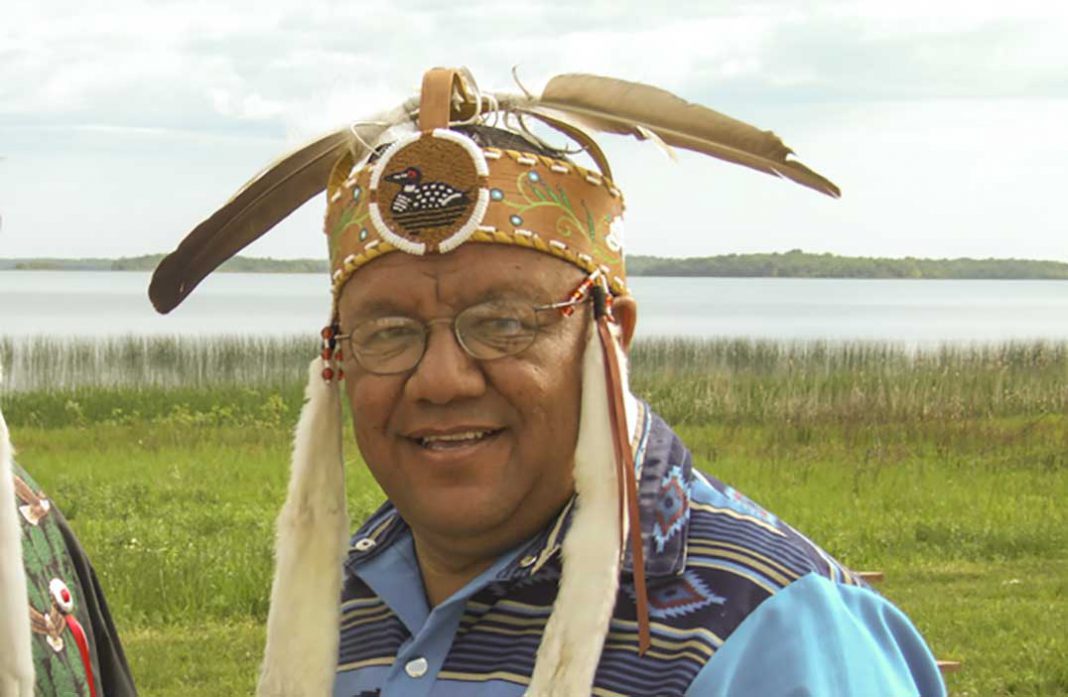NIPISSING – Collaborating with First Nations is key to jumping the hurdles of accessing broadband in communities, says Anishinabek Nation Grand Council Chief Glen Hare.
“With COVID the world has changed. We need broadband in all our communities, everywhere, towns, cities, First Nations,” said Grand Council Chief Hare February 16, on the first day of the fifth annual three-day Lands, Resources and Economic Development Forum, held virtually. “We need that to conduct economic development and many other things from here on forward.”
“Over the past four years, we have seen how all of us—our environment, our resources, our First Nations and economies—are connected,” said the grand council chief, in an Anishinabek News release. “The theme of this year’s forum is relevant now more than ever; despite the past year’s challenges and need to stay apart, we continue to be connected, from nation to nation, whether our citizens are on- or off-reserve. We need to make sure our communities remain connected in safe ways, to support one another as well.”
“It is important to recognize that connectivity is a major issue in our communities,” said Lake Huron Regional Chief Scott McLeod. He was quoted by Soo Today as saying that in his community of Nipissing First Nation, although it is geographically close to the major centres of North Bay and Sudbury, “we are still faced with major hurdles with access to broadband to all community members. During COVID, it’s really come to light.”
Grand Council Chief Hare said the best way to address the broadband issues is for First Nations to collaborate in order to ensure First Nations are not taken advantage of by internet service providers (ISPs) who access land and make promises on which they don’t deliver.
It was a suggestion applauded by Rob McCann of Clear Cable Networks, who led the discussion on developing broadband strategies for First Nations. “I think this is about collaboration,” he said, as reported by Soo Today. He said it would be better for First Nations to submit applications together as there is an opportunity to really save by developing common themes and some common principles.
It was pointed out the broadband strategy could include determining why a community wants the service. It could be to deliver services to all residents at low cost or no cost; to deliver services to schools and community organizations; for economic development opportunities to attract businesses; or to control the local telecommunication operation and have control of the infrastructure. And there is a range of flexible opportunities for First Nations when it comes to internet, including establishing partnerships with ISPs, which could lead to First Nations developing their own expertise all the way to creating not-for-profit foundations owned by the community. They could also build their own ISP entirely.





